 Abraham Lincoln
If given the truth, the people can be depended upon to meet any national crisis...
Abraham Lincoln
If given the truth, the people can be depended upon to meet any national crisis...
 Guildford news...
for Guildford people, brought to you by Guildford reporters - Guildford's own news service
Guildford news...
for Guildford people, brought to you by Guildford reporters - Guildford's own news service
Birdwatcher’s Diary No.50
Published on: 3 Dec, 2013
Updated on: 3 Dec, 2013
By Malcolm Fincham
With daylight hours now so short and weather conditions not being at their best for photography, on the few occasions I was able to venture out during the past two weeks I found myself struggling to capture up-to-date pictures for my latest report.
Redwing continue to be a reliable sighting however. They are now starting to raid berry bushes and trees in larger numbers and are often joined by smaller flocks of fieldfare.
They are all still very skittish, often fleeing at the smallest disturbance only to return 15 minutes or so later to continue their feast.
Another reliable sighting over the last few weeks has been a kingfisher that I wrote about in several of my previous reports. I have seen it on many occasions in the backwaters of Shamley Green, even managing to continue to get several record shots.
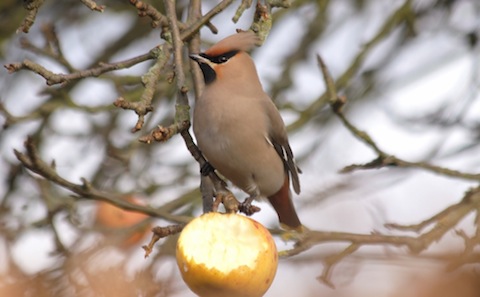
One of many pleasing shots of a waxwing last winter – could this be another wonderful waxwing winter?
This time last year I recall an eager anticipation in my thoughts in the hope of that very special visitor, the waxwing. And what a waxwing winter it turned out to be. Unfortunately, although still hopeful of what is commonly known as an irruption, when a species decides to migrate in large numbers usually in search of food, these birds rarely visit in large numbers in successive years. And although a few have been reported on Scotland’s east coast, with reports of ample berry crops in Scandinavia, I feel if we do see any this winter it’s not likely to be until into the new year here in Surrey.
On Sunday, November 24, I was summoned to a family trip to Cornwall, but not of course without the addition of camera and binoculars.
As we drove toward the West Country it was a perfect day for birds of prey, with it being so sunny and a great day for playing our usual game of spot the raptor.
My wife being in charge of the controls, doesn’t get so involved but has been known to add a few sightings along the way.
A surprising leading contender for top sighting was red kite, with six counted along a five-mile stretch while driving through Wiltshire, with kestrel being a close second.
However, by the time we had passed through Somerset and entered Cornwall there was only one possible winner; and as always it was the common buzzard, with a personal record of 25, many of which could be seen not just overhead but also sitting in trees and on telegraph poles by the roadside.
Having turned off at the Jamaica Inn, and while driving at a steady speed by a stream in an area known as the Draynes Valley, I was certain I caught a glimpse of a small dark bird with a white front wading in the fast-moving shallow water.
Pleading with my wife to stop and reverse back a good 30 yards, and in spite of a threat to make me walk the last leg of our journey, she relented giving me the chance of better views and even a few record shots.
Indeed it was a dipper – a bird only very rarely seen by our slow-moving Surrey rivers and streams. A fairly common sight to a keen-eyed observer while in the West Country, and well worth looking out for when visiting.
A visit to Looe Harbour during our short stay in Cornwall allowed me more record shots of kingfishers – something I found quite uncanny after many years struggling to get any shots at all. It must have been a good year for them?
Also in the harbour were several wading birds including little egret, oystercatcher, redshank and even a green sandpiper.
To end the month of November, on another overcast but dry afternoon, I decided to revisit my local haunt at Stoke Lake for what I considered to be one of those days of mixed fortunes.
Meeting up with a guy called Ian, at Stoke Lock, and who does work for Surrey Wildlife Trust, I learned I had just missed out on a sighting he’d just had of a water vole in the section of river by the canal.
This is a mammal I haven’t seen locally for many years and certainly never in the area surrounding Stoke Lake. Something I will be eagerly trying to spot with the hope of getting some pictures of for a future report.
Also seen in the last few days, and one that often winters near to the boardwalk, was at least one water pipit.
At the lake I counted at least 38 tufted duck as well as three great crested grebe, while out on the grassland areas flocks of goldfinch, pied wagtail and meadow pipit can now be viewed, as well as a small group of reed bunting.
On my return, looking out to the flooded field near to Stoke Lock cottage, three drake shoveler could be viewed among the good number of teal now wintering there.
Recent Articles
- Insights: The Band on the Titanic Strikes Up ‘Devolution!’ – Part 2
- GBC to Receive No Additional Money from Announced Settlement
- Woking Looking for Someone to Take On Victorian Hall
- Letter: A Surge of Discontent Calls for Accountability and Change
- Insights: The Band on the Titanic Strikes Up ‘Devolution!’ – Part 1
- Letter: Benefits of New Ash Bridge Are Dubious
- Letter: Unitary Authorities Will Allow More Coherent Planning
- Emergency Work on Embankment to Reopen Guildford to Effingham Line
- Letter: Twas the Night Before Christmas…
- Burglar Jailed Thanks To Quick Action of Ash Resident


Search in Site
Media Gallery
Dragon Interview: Local Artist Leaves Her Mark At One of England’s Most Historic Buildings
January 21, 2023 / No Comment / Read MoreDragon Interview: Lib Dem Planning Chair: ‘Current Policy Doesn’t Work for Local People’
January 19, 2023 / No Comment / Read MoreA3 Tunnel in Guildford ‘Necessary’ for New Homes, Says Guildford’s MP
January 10, 2023 / No Comment / Read More‘Madness’ for London Road Scheme to Go Ahead Against ‘Huge Opposition’, Says SCC Leader
January 6, 2023 / No Comment / Read MoreCouncillor’s Son Starts Campaign for More Consultation on North Street Plan
December 30, 2022 / No Comment / Read MoreCounty Council Climbs Down Over London Road Works – Further ‘Engagement’ Period Announced
December 14, 2022 / No Comment / Read MoreDragon Interview: GBC Reaction to the Government’s Expected Decision to Relax Housing Targets
December 7, 2022 / No Comment / Read MoreHow Can Our Town Centre Businesses Recover? Watch the Shop Front Debate
May 18, 2020 / No Comment / Read More



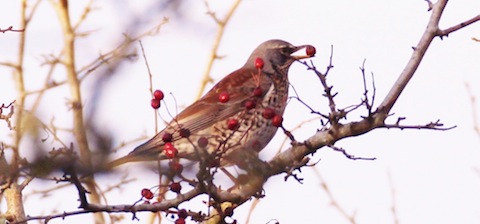
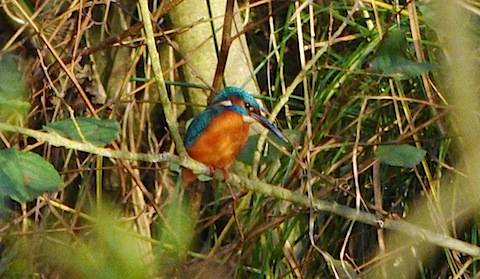
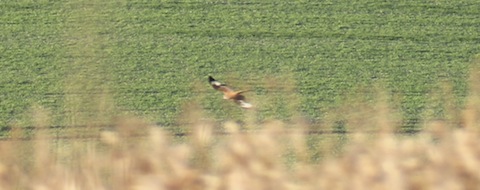
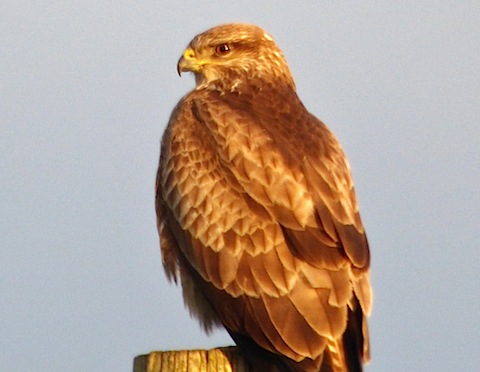
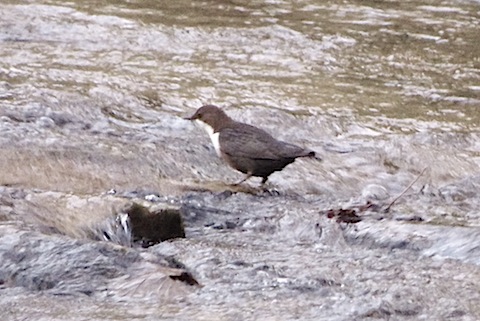




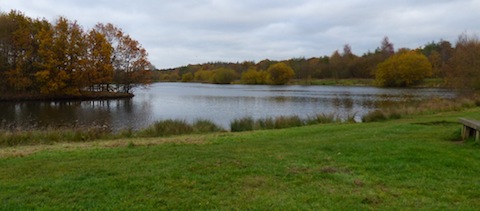
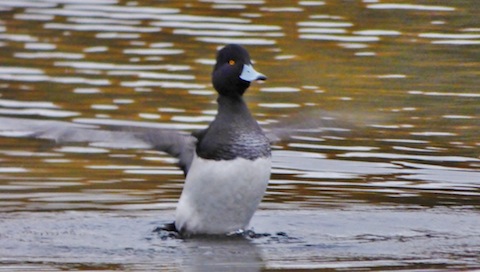
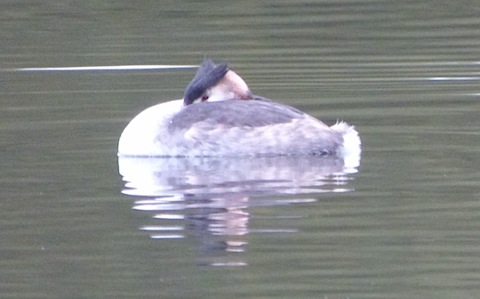
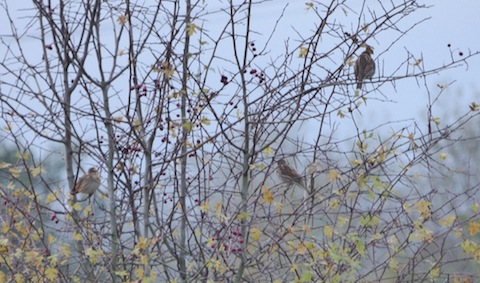

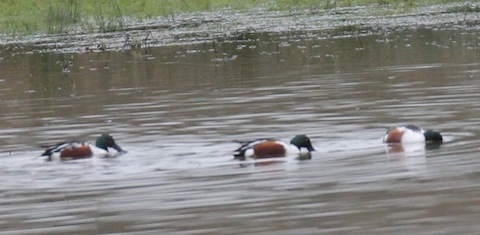








Recent Comments